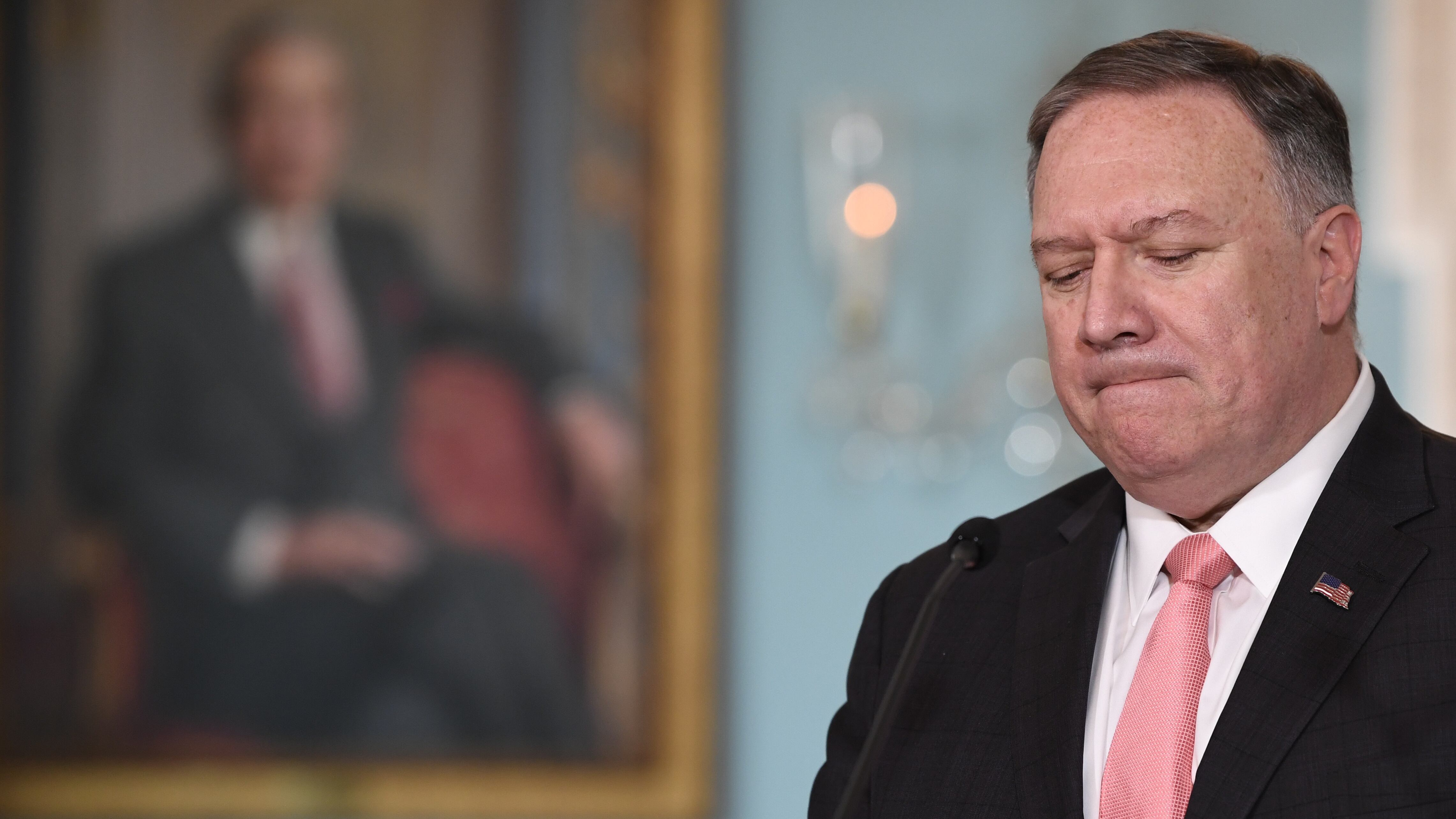The Department of State has made advances over the last two decades to increase the diversity of its workforce, according to a report released by the Government Accountability Office Feb. 25, but the agency still struggles to match the demographic levels in the rest of the federal government and to ensure that minority populations have an equal shot at promotion.
GAO examined the agency in three areas: the State Department at large, the civil service and the foreign service.
“When we looked through the lens of racial or ethnic minority status … in the civilian workforce we found that their proportion was higher at the State Department than they were in the population at large. When we compared the proportions at State versus the overall federal workforce, we found that the proportion at the State Department was lower — 32 percent — than what we found overall across the federal government, where it was about 36 percent,” said Jason Bair, director of international affairs and trade at GAO, in an agency podcast on the report.
“When we flipped it a little bit and looked through the lens of gender, we found that the proportion of women was lower in two of those three occupational groups at the State Department than it was with the rest of the civilian workforce.”
RELATED

Racial and ethnic minorities were better represented in the civil service at the State Department, making up 43 percent in 2018 when compared with the overall federal government’s 36 percent minority makeup. But those same groups only made up about 24 percent of the foreign service.
Women were also more widely represented in the civil service at 54 percent of the workforce, compared to just 35 percent in the foreign service.
Specific minority groups also saw a notable decline at the State Department.
“While we did see certainly that the overall proportion of racial or ethnic minorities increase, we did see a notable decline in African-American representation over the last 16 years,” said Bair, noting that demographic had dropped from 34 to 26 percent of the agency’s workforce, and women had dropped from 61 to 54 percent.
The chances of being promoted at the State Department were also lower for women and racial minorities.
Racial minorities made up only 13 percent of senior executives in the civil service and 14 percent in the foreign service in 2018 and women, despite outnumbering male employees in general, made up only 38 and 32 percent of those same groups.
“Promotion outcomes were generally lower for racial or ethnic minorities than for whites at the State Department. While certainly nothing that we did in our analysis would indicate that there was any kind of illegal discrimination going on, we did find a disparity in the experiences in those groups,” said Bair.
“We decided we wanted to dig a little deeper, and so we built a more sophisticated statistical model, where we tried to build in additional factors where we could filter out effects on things like education, the length of time someone had been at the State Department. What we found when we did those analyses is that differences did persist. They were lower, generally smaller, than when you did the simple calculations, but there were still different experiences for racial or ethnic minorities than there were for whites.”
The report found that though the agency had focused on improving diversity and understanding why the upper ranks had fewer minorities, those groups were lees likely to be promoted through the mid ranks in the first place, an area that hadn’t been a main focus for the agency.
“The State Department has made some gains in improving the diversity of its workforce overall, but I think some additional efforts really could help them identify and address any barriers that could remain to equal opportunity,” said Bair.
The State Department agreed with the recommendation to identify further barriers to diversity at the agency and in the upper ranks especially.
Jessie Bur covers federal IT and management.





